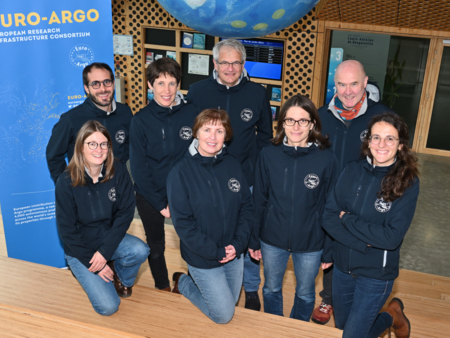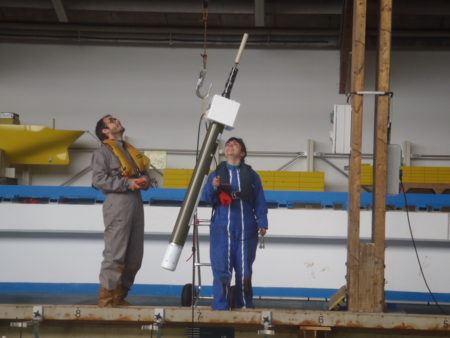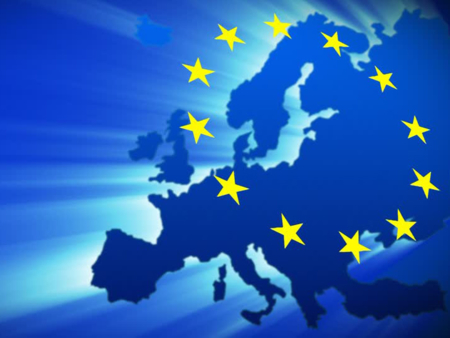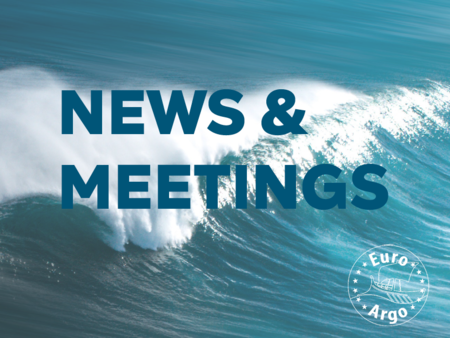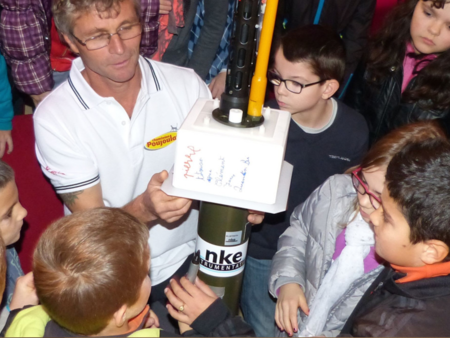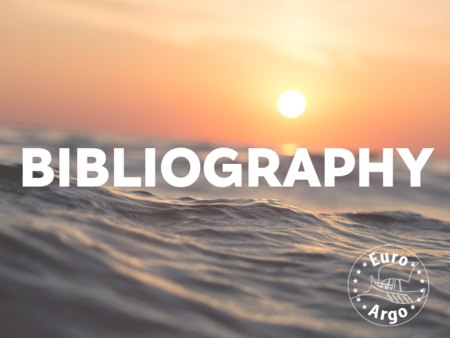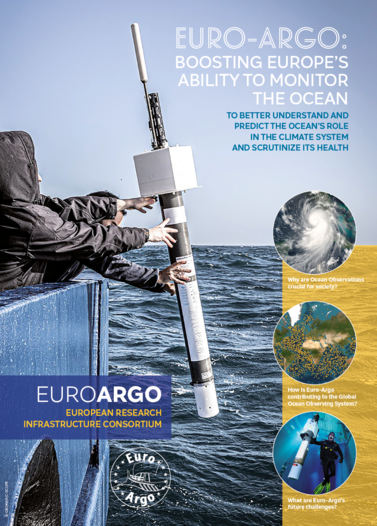Learn more about Euro-Argo Ocean Observing revolution
Euro-Argo: boosting Europe's ability to monitor the ocean
To better understand and predict the ocean's role in the climate system and scrutinize its health
Since 2014, Euro-Argo ERIC has taken the pulse of the ocean to better understand and predict its role in the climate system and its health. One of its main objectives is to develop a sustainable and long-term European contribution to the Argo international programme, monitoring the interior of the ocean, through a fleet of profiling robotic instruments, called “Argo floats” (see ).
As you read on, you will discover why Ocean Observations and especially Argo data are crucial in many aspects of our daily life (see ), from enhancing weather and climate forecasts to retrieving lost cargo or supporting the fishing industry. These Ocean Observations are also already viewed as essential, in a fast-changing context of serious concerns about the health of the oceans together with an acknowledgment of their role in climate change research and the carbon offsetting.
For all these reasons, there is a growing demand for timely, reliable and accessible Ocean Observations, and the associated data systems and operational engineering (see & ).
Historically, the initial Argo programme focused on two essential climate parameters, temperature and salinity, in the upper 2 000 metres of the ocean. Euro-Argo is now at a key turning point as it embraces the new OneArgo design, a United Nations endorsed set of actions to expand this initial Core Argo mission to a global, full-depth and multidisciplinary ocean observing system. Thus, recent technological advances now allow floats to reach a profiling depth of 4 000 to 6 000 metres (Deep-Argo, see ).
Furthermore, biogeochemical sensors have been integrated to measure biogeochemical parameters such as oxygen concentration, pH or chlorophyll-a (BGC-Argo, see ). Henceforth, OneArgo aims to implement these technological advances to achieve the same data quality and scientific excellence for these two new Deep and BGC missions as for the initial Core mission. In doing so, it will revolutionise our ability to observe and predict the impact of climate change on oceanic heat uptake, global water cycle and sea level rise, as well as ocean ecology, metabolism, carbon uptake, and marine resource modelling. Most importantly, it will dramatically increase end-user value and the benefits for society at large, for instance through more accurate climate projections enabling better societal adaptation or better climate intelligence to sensitive industries (fisheries, aquaculture, energy, resource extraction and insurance).
To provide a synoptic view of the ocean and rigorous answers to all these scientific concerns, Euro-Argo ERIC, is more than ever aiming to be fully embedded in the big picture of other in situ observation networks (see ) and to disseminate all this knowledge through a meticulous and appealing Ocean Literacy (see ).
Making the OneArgo shift come true therefore requires a European policy of continuous support and incentives for data producers to ensure that in situ observation systems can fulfill their long-term potential, supporting the mission for sustainable ocean observation (see ). Over the next few decisive years, the Argo programme can count on its unique community, transcending borders and generations (see ) and its collaborative spirit to meet such an ambitious challenge.
Read the ten articles
Read the full leaflet:
To go further watch and share those three videos
• Part 1 | https://youtu.be/im4HVlK4hVU – highlighting how Euro-Argo plays a major role in ocean observing through a series of interviews with European scientists and describing the revolutionary OneArgo design and its three missions.
• Part 2 | https://www.youtube.com/watch?v=cd-Z-uY-394 – depicting Euro-Argo’s contribution to the European Global Ocean Observing System (EuroGOOS)
• Part 3 | https://www.youtube.com/watch?v=NHFhMaHaUJQ – giving an overview of future needs and challenges faced by Euro-Argo ERIC and Europe’s strong engagement for in situ global Ocean Observing. OneArgo is a revolution in ocean observation that requires commitment and support!

